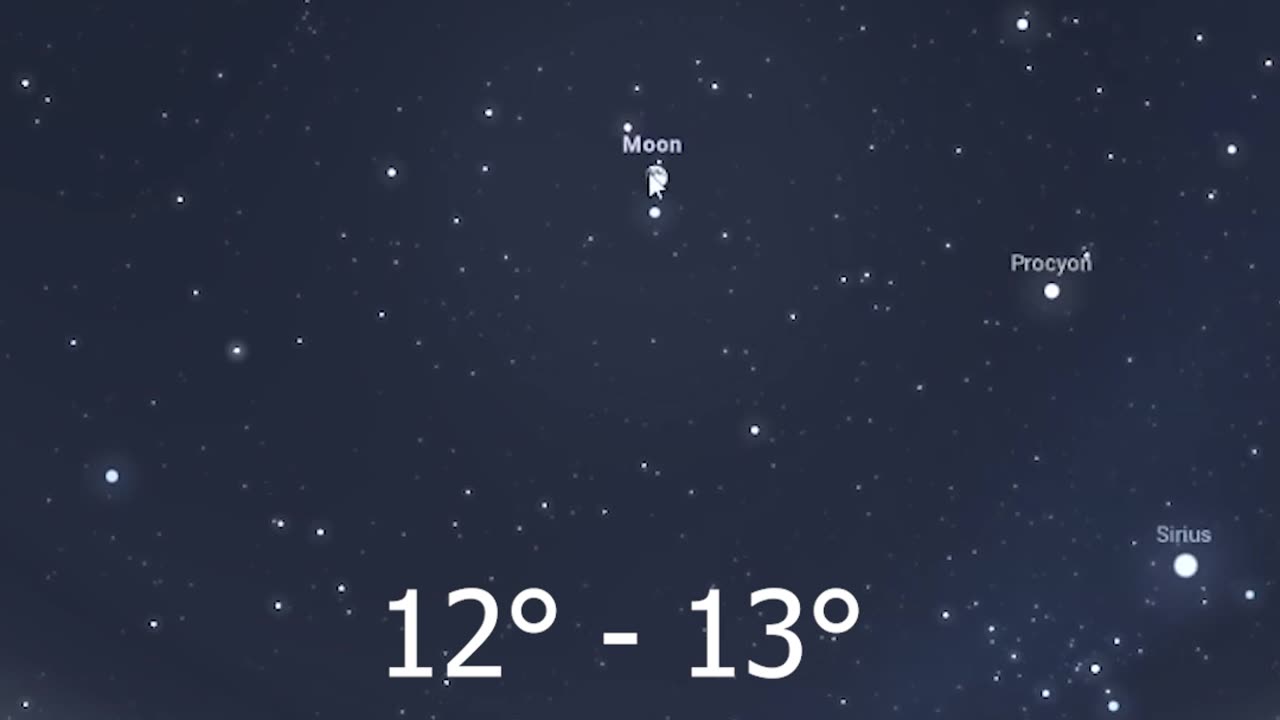Premium Only Content

Why the Eclipse Shadow Moves West to East (Even Though the Sky Moves East to West)
Even though the U.S. total solar eclipse happened back in April 2024, many people are still scratching their heads over one big question:
👉 Why does the Moon’s shadow move from west to east during a solar eclipse, when both the Sun and Moon appear to travel from east to west in our sky?
At first glance, it seems like a contradiction. But once you break it down — using tools like Stellarium and Universe Sandbox — the answer becomes clear, elegant, and grounded in basic orbital mechanics.
In this video, I walk through exactly how the Earth’s rotation, the Moon’s orbit, and the Sun’s apparent motion all combine to create that surprising west-to-east shadow path.
We’ll explore:
🌞 How the Earth’s sidereal day (23 hours, 56 minutes, 4 seconds) makes celestial objects appear to move east to west
🌙 Why the Moon is actually moving eastward in space — about 12 to 13 degrees per day
🌀 How that eastward motion causes the Moon’s shadow to sweep across Earth in the opposite direction of the sky’s apparent motion
🧪 How you can model this yourself using Universe Sandbox, Stellarium, or even a simple string and light source
This isn’t just theoretical — it’s testable and observable. If you’ve ever wondered why eclipses seem to break the rules of sky motion, this breakdown will help you understand exactly what’s happening above your head.
Whether you’re curious about eclipse mechanics, debunking flat Earth misunderstandings, or just want to see cool visualizations, this is the video for you.
✅ No conspiracies. Just science.
Challenge the claim. Test it yourself.
-
 2:42:52
2:42:52
TimcastIRL
8 hours agoTrump To Deploy National Guard To Chicago, Baltimore, Democrats Call To Resist | Timcast IRL
223K95 -
 3:22:30
3:22:30
Laura Loomer
9 hours agoEP141: Muslims Call For Political Assassinations At Michigan Palestinian Conference
52.2K32 -
 4:39:32
4:39:32
Barry Cunningham
10 hours agoBREAKING NEWS: PRESIDENT TRUMP IS GOING TO TAKE CHICAGO! LFG!!! (IT'S MOVIE NIGHT!)
95.1K65 -
 1:23:59
1:23:59
Man in America
12 hours agoTrump Demands Big Pharma Come Clean on Covid Shots w/ Dr. David Martin
55.9K42 -
 1:40:27
1:40:27
megimu32
7 hours agoOTS: Labor Day Sitcom Blowout - Tim, Ray, & Relatable Chaos!
44.6K5 -
 4:09:30
4:09:30
StevieTLIVE
7 hours agoWarzone Wins w/ FL Mullet Man
43.1K2 -
 1:04:01
1:04:01
BonginoReport
11 hours agoLefties Wish Death on Trump but He’s BACK! - Nightly Scroll w/ Hayley Caronia (Ep.125)
198K84 -
 3:18:28
3:18:28
Tundra Tactical
8 hours ago $7.34 earnedWe Survived the Military… But Not This Basement
40.4K -
 20:12
20:12
Clownfish TV
16 hours agoDisney Needs MEN Back?! They ADMIT Star Wars and Marvel are DEAD!
31.9K37 -
 1:37:00
1:37:00
Anthony Rogers
15 hours agoEpisode 381 - Tim Kelleher
21.7K1